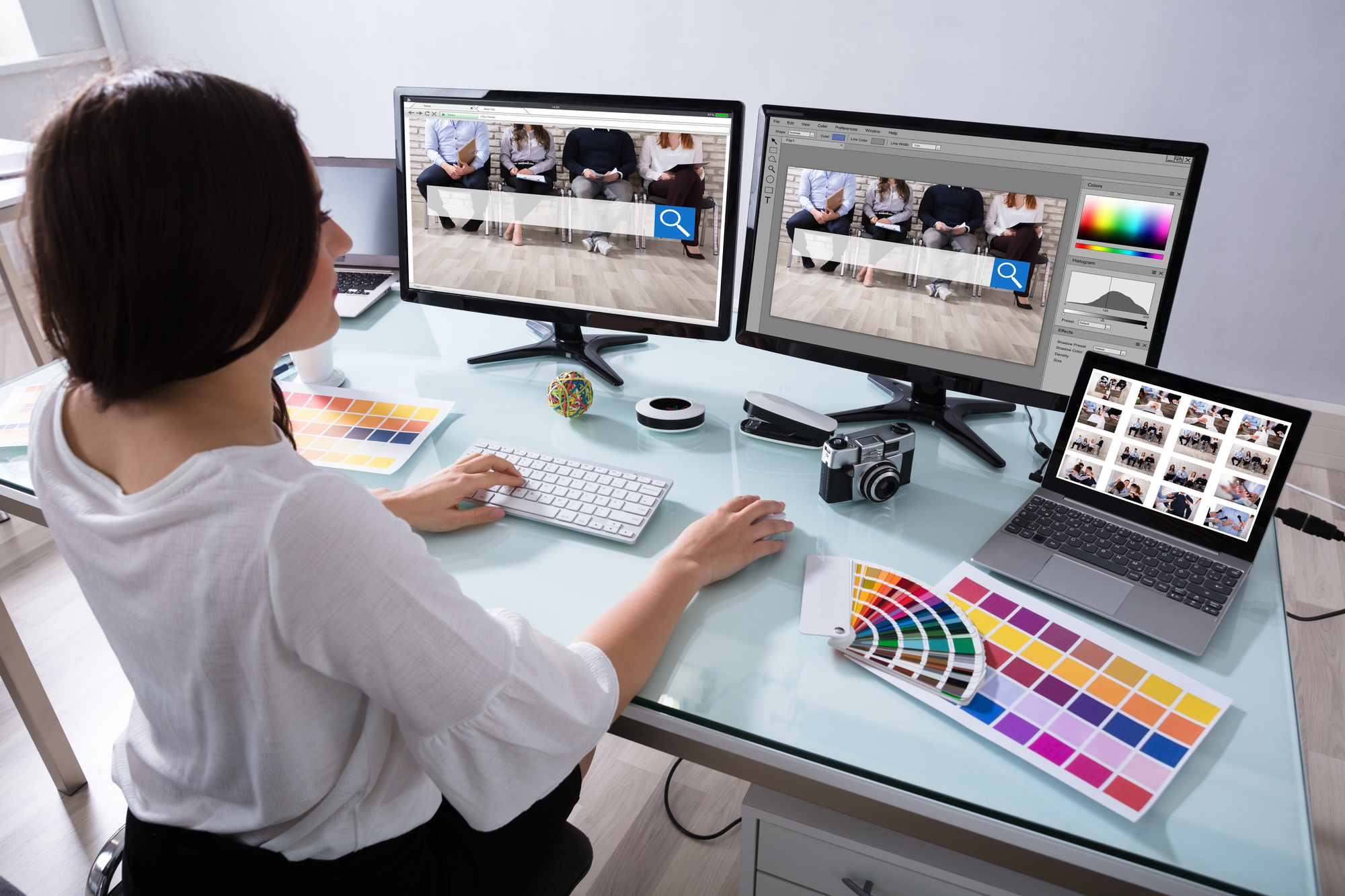Discovering Different Sorts Of Internet Design to Boost User Experience
In the ever-evolving electronic landscape, the expedition of diverse internet style methods is vital for improving user experience. Incorporating interactive elements further enriches the customer trip, making sites extra engaging and vibrant.
Receptive Website Design
In an era where electronic intake goes beyond multiple devices, receptive internet design has come to be a keystone of effective individual experience. This flexibility not only improves visual allure yet also boosts ease of access and navigating, vital for keeping user engagement.
The application of RWD begins with a mobile-first technique, focusing on the smallest screen dimension to guarantee capability and aesthetic coherence. By making use of CSS media questions, developers can customize the website's look based on the qualities of each gadget. This makes certain that photos range properly, message continues to be understandable, and interactive components are conveniently obtainable, thus lowering the demand for too much scrolling or resizing.
In addition, receptive style adds to improved search engine optimization (SEO) by providing a consistent customer experience and lowering bounce rates. Online search engine favor mobile-friendly websites, making responsiveness an integral component of electronic technique. Essentially, responsive internet style is crucial for suiting diverse user communications, cultivating a appealing and inclusive on-line visibility.
Minimalist Style Approaches
Minimalist layout's appeal depends on its capability to distill intricate info into its most crucial elements, creating a instinctive and clean user experience. By focusing on simplicity, minimal layout gets rid of peripheral details, permitting users to concentrate on core material and capability. This method is identified by adequate white room, clean lines, and a minimal color scheme, all of which add to a cosmetically pleasing and effective user interface.

In addition, minimalist style supports quicker packing times, as fewer graphical components and lowered content complexity can lower the quantity of information required to provide a webpage. This efficiency not just enhances individual complete satisfaction yet additionally adds to better seo (SEARCH ENGINE OPTIMIZATION) rankings. Consequently, minimal style is not just a stylistic option however a critical technique that can substantially impact customer interaction and conversion rates.
Interactive and Dynamic Aspects
Interactive and vibrant components are essential in enhancing individual engagement and producing remarkable web experiences. These aspects include computer animations, float impacts, sliders, and real-time updates, which not just capture individuals' focus but likewise facilitate seamless navigating. By incorporating these features, developers can change static pages right into engaging digital environments that motivate communication and exploration.
Animations, for instance, can lead users through complex information without frustrating them, while hover impacts offer prompt responses, enhancing the individual's understanding of clickable locations. Web Design Gauteng. In addition, sliders enable individuals to view material at their very own speed, and real-time updates make certain that details presented is current and pertinent, preserving the individual's interest

User-Centric Layout Techniques
A cornerstone of reliable web style is the implementation of imp source user-centric layout techniques, which prioritize the needs and preferences of the end individual above all else. By focusing on the individual, developers can create intuitive, available, and appealing experiences that improve fulfillment and drive communication.
One fundamental technique is usability testing, which includes observing actual individuals as they engage with the design. This process recognizes discomfort factors and areas for improvement, enabling developers to improve the interface iteratively. Integrating responses loopholes and active techniques even more makes sure the style develops abreast with user expectations.
Furthermore, access is a crucial element of user-centric style. Ensuring that electronic platforms are available to all customers, including those with impairments, boosts inclusivity and widens the possible user base. This can be achieved through compliance with Web Material Ease Of Access Guidelines (WCAG) and the thoughtful application of style concepts like navigation, contrast, and readability.
Eventually, effective user-centric style fosters a smooth connection between the customer and the electronic environment, boosting general customer experience.
Executing Most Recent Style Trends
In the realm of web design, remaining abreast of the most recent style patterns is essential for producing functional and aesthetically engaging interfaces that captivate individuals. Minimalist layout, identified by tidy lines and ample white room, permits individuals to focus on material without unnecessary disturbances.

In addition, incorporating the current typography trends, such as variable font styles, supplies flexibility and flexibility throughout various tools and display sizes, guaranteeing consistency in customer experience. Dark mode designs have content acquired appeal due to their visual appeal and power efficiency on OLED displays. By strategically recommended you read applying these fads, web developers can produce user-friendly and cutting-edge web sites that reverberate with modern target markets.
Conclusion
An extensive expedition of different web style methodologies is necessary for enhancing user experience. Ultimately, a enlightened and well balanced technique to web design dramatically boosts individual complete satisfaction and interaction, leading to boosted overall internet site efficiency and success.
In the ever-evolving digital landscape, the exploration of varied web design methodologies is paramount for enhancing individual experience.A cornerstone of reliable internet layout is the execution of user-centric layout techniques, which focus on the needs and preferences of the end user over all else. Making certain that electronic platforms are easily accessible to all customers, consisting of those with impairments, enhances inclusivity and broadens the potential customer base.In the world of internet layout, staying abreast of the latest design fads is vital for developing useful and visually compelling interfaces that captivate customers (Web Design Gauteng).An extensive exploration of numerous internet design methods is vital for enhancing user experience